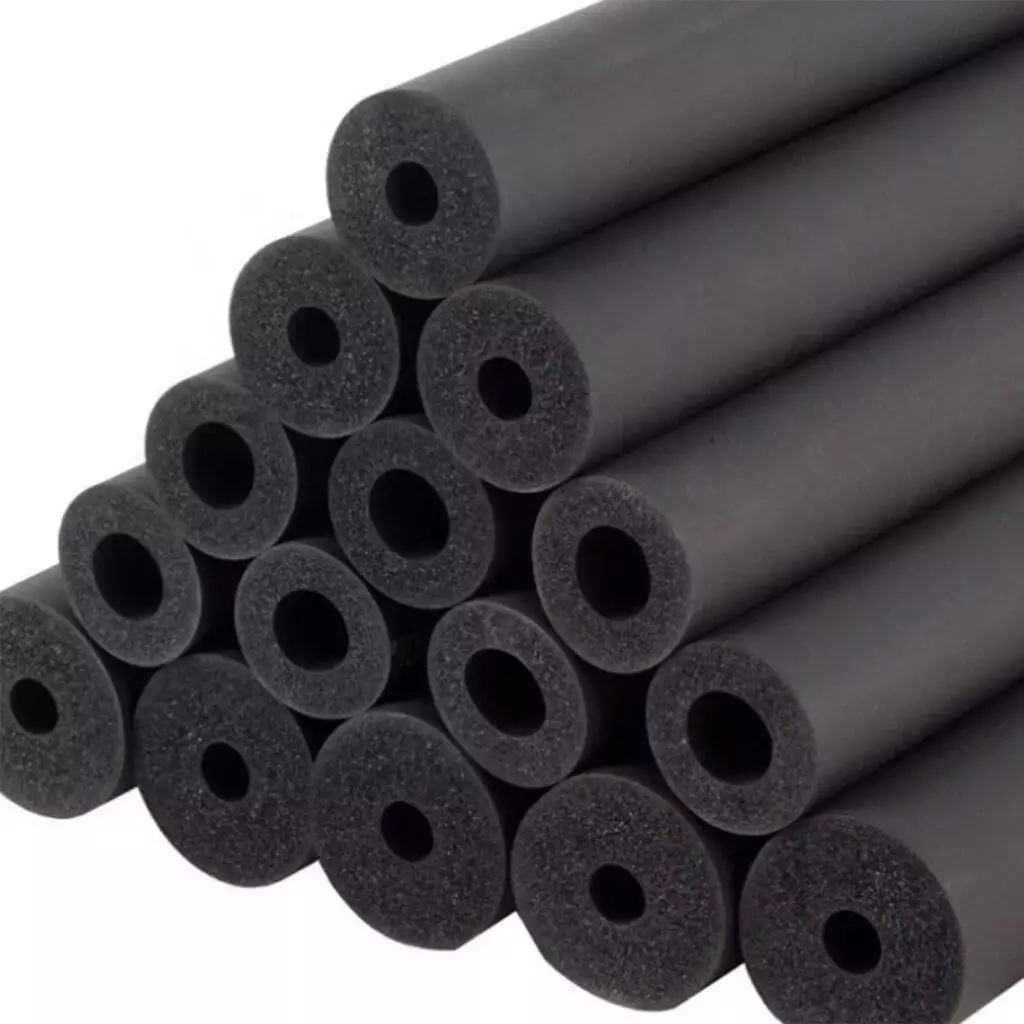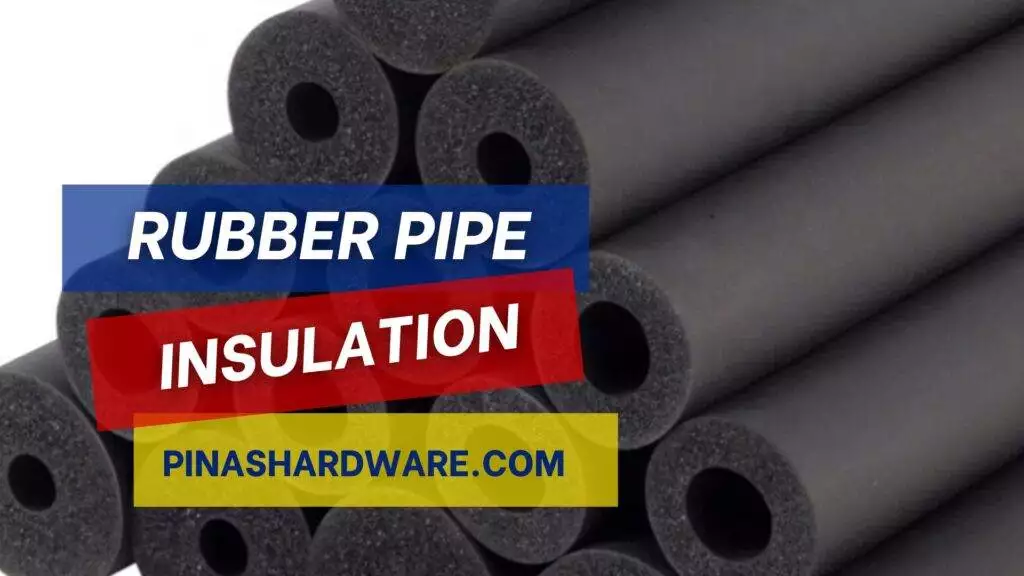Rubber pipe insulation is a kind of thermal insulation that is intended to be wrapped around pipes to stop heat transfer. Usually, synthetic rubber materials with good heat resistance and flexibility, like nitrile rubber (NBR) or ethylene propylene diene monomer (EPDM), are used to make it. Rubber pipe insulation is frequently used to lower energy consumption, stop condensation, and shield pipes from freezing or overheating in plumbing, HVAC (heating, ventilation, and air conditioning), and industrial applications. Because of its flexibility and ease of installation, it can be installed seamlessly around pipes of different sizes and shapes, improving system performance and thermal insulation.
Rubber Pipe Insulation Prices
Rubber pipe insulation prices vary depending on its brand, size, thickness, and quantity. Its price ranges from ₱53.00 to ₱960.00.
| Details | Size | Thickness | Quantity | Prices |
| JDS | 1/4 | 3/8” | 10 pcs | ₱320.00 |
| JDS | 3/8 | 1/2” | 10 pcs | ₱450.00 |
| JDS | 1/2 | 3/4” | 10 pcs | ₱960.00 |
| A & RS | 3/8 | 1/2” | 1 pc | ₱53.00 |
| 810 Shop | 1/2 | 1/2” | 1 pc | ₱67.00 |
| 810 Shop | 5/8 | 1/2” | 1 pc | ₱79.00 |

Advantages of Rubber Pipe Insulation
Excellent Thermal Insulation – Rubber insulation efficiently stops heat from entering or leaving pipes, increasing energy efficiency and preserving the proper temperature in industrial, HVAC, and plumbing applications.
Flexibility – Its adaptability makes it simple to install around pipes of different diameters and forms, guaranteeing optimal heat efficiency and seamless coverage.
Moisture Resistance – Rubber insulation has a natural resistance to moisture, which lowers the chance of corrosion, mildew, and condensation building up on pipes.
Durable and Long-lasting – Long-term performance and dependability are ensured by the resilience and durability of rubber insulation, which can withstand wear and tear, UV exposure, and adverse environmental conditions.
Chemical Resistance – Rubber insulation can be used in industrial settings where exposure to corrosive materials is frequent because it is resistant to a variety of chemicals and oils.
Disadvantages of Rubber Pipe Insulation
Greater Initial Cost – Users on a tight budget may be discouraged by rubber pipe insulation’s potential higher initial cost when compared to alternative insulation materials like foam or fiberglass.
Susceptibility to Mechanical Damage – Rubber insulation is susceptible to mechanical damage during installation or maintenance, which can result in decreased effectiveness and insulation performance. Sharp objects or excessive mechanical stress can also cause punctures, tears, or other damage.
Potential for Degradation – Rubber insulation’s effectiveness and lifespan may be shortened over time when exposed to UV rays, chemicals, or oils. This is especially true in harsh industrial settings or outdoor settings.
Video of Rubber Pipe Insulation
FAQs
Where is rubber insulation for pipes typically used?
Rubber pipe insulation is frequently used to lower energy consumption, stop condensation, and shield pipes from freezing or overheating in HVAC (heating, ventilation, and air conditioning) systems, plumbing, refrigeration units, and industrial applications.
How is insulation for rubber pipes installed?
Usually, rubber pipe insulation is installed by encircling the pipes and taping or adhering the insulation in place. It easily fits snugly into the shape of the pipes and can be cut to size with common tools.
Does the insulation in rubber pipes need to be maintained?
After installation, rubber pipe insulation usually requires little upkeep. It is advised to regularly check for wear or damage and to fix any issues as soon as they arise to keep functionality.
Is the insulation around rubber pipes fireproof?
Numerous rubber insulation materials can be treated to enhance their fire performance or have inherent fire resistance. However, depending on the kind and manufacturer of rubber insulation used, different fire ratings may apply.
Can rubber insulation used in pipes be recycled?
Certain rubber insulation materials can be recycled, but it can be harder to do so than it is for materials like foam or fiberglass. For information on recycling rubber insulation, get in touch with your neighborhood recycling center.

